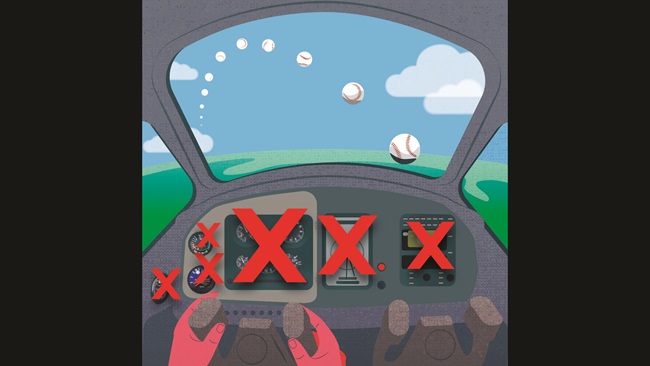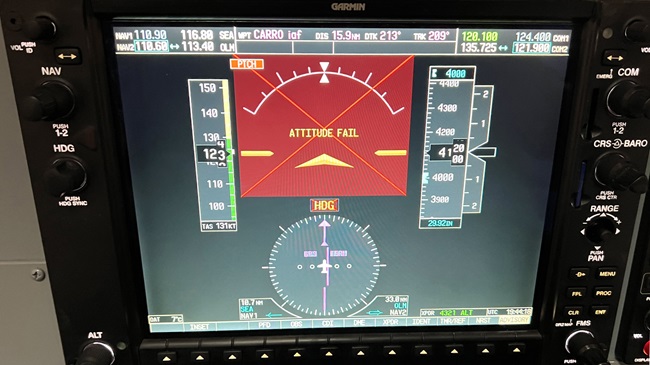IFR Fix: Seize the night
The days of diminished daylight of fall and winter pose challenges for pilots trying to keep up an active flight schedule, but instrument pilots and instrument-rating trainees shouldn’t let the darkness dim their determination.
Scheduling instrument-flying lessons or practice sessions as night flights sharpens both skill sets—and for the renters out there, may improve aircraft-scheduling opportunities.
Whether flying under actual or simulated instrument conditions with your instrument flight instructor, or under visual flight rules with a safety pilot, practicing instrument techniques at night delivers a built-in realism that practicing on a bright-and-shiny day can’t replicate.
That is to say, it’s harder to cheat.
Even if you opt to shoot an approach or two without wearing your view-limiting device, the practice is worthwhile, because night conditions vary widely from flight to flight.
“IFR experience can be gained through night flying which also promotes both instrument proficiency and confidence,” notes the Instrument Flying Handbook on page 10-22. “The progression from flying at night under clear, moonlit conditions to flying at night without moonlight, natural horizon, or familiar landmarks teaches a pilot to trust the aircraft instruments with minimal dependence upon what can be seen outside the aircraft. It is a pilot’s decision to proceed with an IFR flight or to wait for more acceptable weather conditions.”
Begin your practice program with a solid ground review of topics particular to night IFR flight such as the discussion in Chapter 3 of the Instrument Flying Handbook of illusions leading to spatial disorientation. There are 10, including two visual illusions typical of night conditions. Don’t skip this topic because you think spatial disorientation is only of concern to noninstrument-rated pilots. Accident reports suggest otherwise.
Look over the instrument approaches you will fly to note special procedures applicable at night. Some approaches, or their circling provisions, may not be authorized at night. Altimeter settings may have to be received from another airport, possibly raising minimums.
Not all approach control facilities and control towers operate 24 hours a day. Know the communications frequencies and clearance-delivery procedures for off-hours, and note that such closings may cause the local airspace to “revert,” typically from Class C or D airspace to Class E airspace.




